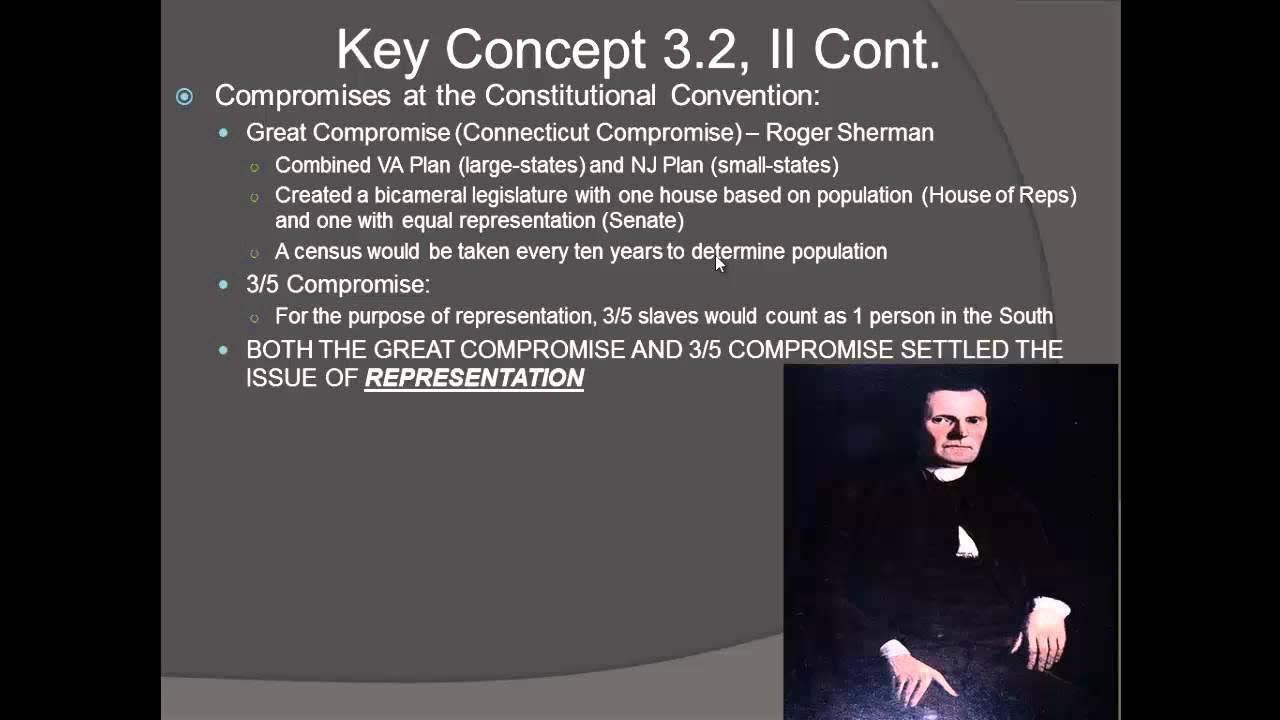Developing an AMERICAN IDENTITY [APUSH Review Unit 3 Topic 11 (3.11)] Period 3: 1754-1800
Summary
TLDRThis video from Heimler's History explores the development of a unique American identity from 1754-1800. It highlights the concept of 'Republican Motherhood,' where women, particularly white women, were seen as pivotal in shaping the nation's future through their roles as educated mothers. The video also touches on the expansion of women's education, the limited progress for black and Native American women, and the influence of art, literature, and architecture in forging a national identity. It discusses how figures like Benjamin Franklin and works like Charles Willson Peale's portrait of George Washington contributed to this identity, along with the Virginia Statute for Religious Freedom emphasizing the separation of church and state.
Takeaways
- 📚 The video discusses the development of a distinct American identity from 1754-1800.
- 👩🏫 The concept of 'Republican Motherhood' emerged, emphasizing the role of women in shaping the nation through education.
- 🎓 Women's education expanded during this period, with Massachusetts instituting elementary education for all children in 1789.
- 🖌️ Art and literature began to reflect a national identity, moving away from European influences.
- 🖼️ Painters like Charles Willson Peale and John Trumbull depicted historical events to evoke nationalistic sentiments.
- 🏛️ Architectural styles also shifted towards a classical revival, influenced by European designs, as seen in Monticello.
- 📖 Literature, including Benjamin Franklin's 'Poor Richard’s Almanack', played a role in shaping the American identity.
- ✍️ Thomas Jefferson's 'Virginia Statute for Religious Freedom' established the separation of church and state, a key American value.
- 👩💼 The push for women's rights had its roots in this period, though it was limited to white women and did not extend to black or Native American women.
- 🌐 The video script is part of a series aimed at helping students excel in AP U.S. History.
Q & A
What is the main focus of the video on early American identity?
-The main focus of the video is to explain the changes in American culture from 1754-1800 and how the early republic began developing a distinct American identity.
What was the concept of 'Republican Motherhood' and who introduced it?
-The concept of 'Republican Motherhood' was introduced by Benjamin Rush in his 1787 essay 'Essay on Female Education'. It posited that mothers were in the best position to influence political ideas by raising virtuous sons educated in the principles of liberty.
How did the push for women's education during this period manifest?
-The push for women's education led to the expansion of schooling for girls, with Massachusetts instituting elementary education for all children in 1789 and an increase in academies for girls.
Who was Judith Sargent Murray and what was her stance on women's roles?
-Judith Sargent Murray was a woman who pushed for an expanded role for women, arguing that they should be able to attain the necessities of life apart from the help and patronage of a man.
How did the status of black women and American Indian women change during the early republic period?
-The status of black women, most of whom were enslaved or working as household servants, and American Indian women, whose influence diminished due to increasing wars and conflicts, changed negatively during the early republic period.
How did art and literature contribute to the development of an American identity?
-Art, literature, and architecture increasingly found expression in works that reflected an American identity, moving away from European influences. Artists like Charles Willson Peale, Samuel Jennings, and John Trumbull depicted historical events and American culture in a way that provoked nationalistic fervor.
What is the significance of Charles Willson Peale's portrait of George Washington?
-Charles Willson Peale's portrait of George Washington is significant as it represents an early attempt to create a visual identity for the new nation and its leaders, contributing to the development of an American identity.
How did John Trumbull's paintings contribute to the shaping of American identity?
-John Trumbull's paintings, which depicted important historical events in a romanticized way, contributed to the shaping of American identity by provoking a sense of nationalistic fervor and helping the audience understand these events as defining moments for the nation.
What role did architecture play in the formation of an American identity?
-Architecture, influenced by European classical revival style, played a role in the formation of an American identity by reflecting a formal and classical aesthetic, as seen in buildings like Thomas Jefferson's Monticello.
How did Benjamin Franklin's 'Poor Richard's Almanack' influence American culture?
-Benjamin Franklin's 'Poor Richard's Almanack', with its widely read aphorisms, helped shape American identity as industrious and hardworking, as it was filled with practical advice and wisdom that resonated with early Americans.
What was the Virginia Statute for Religious Freedom and how did it reflect American religious views?
-The Virginia Statute for Religious Freedom, authored by Thomas Jefferson, defined the separation between church and state, reflecting the American belief in religious freedom and the inability of the government to compel religious adherence or support.
Outlines

This section is available to paid users only. Please upgrade to access this part.
Upgrade NowMindmap

This section is available to paid users only. Please upgrade to access this part.
Upgrade NowKeywords

This section is available to paid users only. Please upgrade to access this part.
Upgrade NowHighlights

This section is available to paid users only. Please upgrade to access this part.
Upgrade NowTranscripts

This section is available to paid users only. Please upgrade to access this part.
Upgrade NowBrowse More Related Video

APUSH TOPIC 3.11-Developing an American Identity

The FRENCH AND INDIAN War (The Seven Years' War) [APUSH Review Unit 3 Topic 2] Period 3: 1754-1800

AP US History Study Guide: Period 3 - 1754 to 1800

The SECOND Great Awakening [APUSH Review Unit 4 Topic 10] Period 4: 1800-1848

APUSH Review: Key Concept 3.2 (Period 3)

Colonial SOCIETY and CULTURE [APUSH Review Unit 2 Topic 7 (2.7)] Period 2—1607-1754
5.0 / 5 (0 votes)